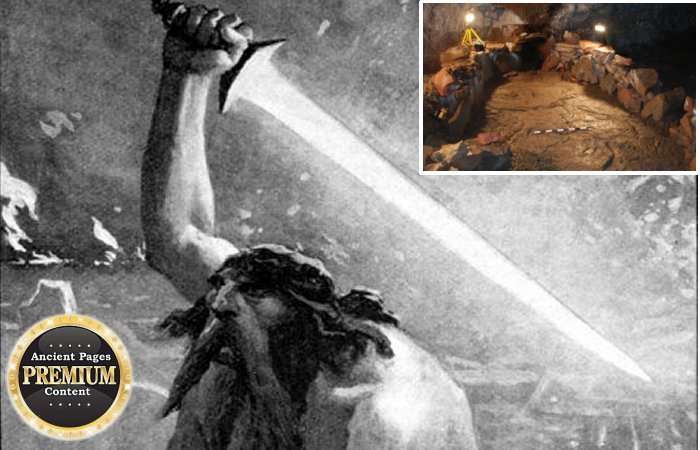Surtshellir Cave Reveals How Vikings Attempted To Prevent Ragnarök – Doom Of The Gods
Ellen Lloyd - AncientPages.com - Vikings were very superstitious and convinced higher powers guided their lives. Norse gods and goddesses, mysterious animals, and supernatural creatures played an essential role in the lives of the Vikings. Unique signs could be interpreted as advice on warfare or where the ships should sail.
One event Vikings feared most was Ragnarök, the Doom of the Gods. According to Norse mythology, Ragnarök is the coming destruction of the world. It is also the final battle between the Jotuns and Aesirs. From the Eddas, two 13th-century Icelandic manuscripts recognized as the main sources of Norse mythology and Skaldic poetry, we learn the world will "be destroyed by fire and water, with steam and flames reaching high heavens." 1
Only two humans will survive this horrible apocalypse and inhabit a new world.
Vikings' Fear Of Climate Change
"When the Vikings were battling and spreading out into unknown territories, there was also a deep fear of Ragnarok coming to pass. Ragnarok was said to be the end of the world, and only Odin was capable of knowing whether it was the true end or not. For those who could not believe the world would survive the great battle, Ragnarok was something to be feared. It would have greatly affected the lives of the Vikings, who were constantly waiting for the end to come." 2
This is a preview of our premium article available only to members of Ancient Pages.
Become a member to read more - Click here
If you are already a member and have logged in to your account, you can access the article here
See also:
Norse God Hermod’s Meeting With The Finnish Magician Rostioff Who Revealed The Prophecy Of Vali
Bizarre And Rare Finds In Viking Houses – What Was Behind This Mysterious Practice?
Viking Artifacts Discovered In Canada Are More Mysterious Than First Assumed
Explore - Ancient Pages Library Of Ancient And Unexplained Mysteries
More From Ancient Pages
-
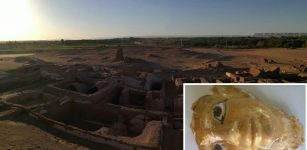 Five Ancient Roman Tombs With Different Architectural Style Discovered In Egypt
Archaeology | Aug 26, 2017
Five Ancient Roman Tombs With Different Architectural Style Discovered In Egypt
Archaeology | Aug 26, 2017 -
 Dramatic Life Story Of Queen Marie Antoinette Executed By Guillotine During The French Revolution
Featured Stories | Oct 18, 2021
Dramatic Life Story Of Queen Marie Antoinette Executed By Guillotine During The French Revolution
Featured Stories | Oct 18, 2021 -
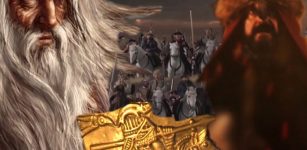 Surprising Connection Between Norse God Odin And Attila The Hun Revealed
Featured Stories | Dec 8, 2020
Surprising Connection Between Norse God Odin And Attila The Hun Revealed
Featured Stories | Dec 8, 2020 -
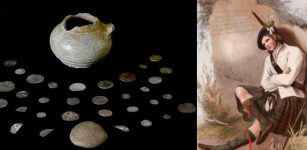 Coin Hoard Paints A Fascinating Picture Of Life Of Highland Clan Chief And His Household
Archaeology | Oct 13, 2023
Coin Hoard Paints A Fascinating Picture Of Life Of Highland Clan Chief And His Household
Archaeology | Oct 13, 2023 -
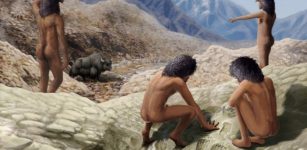 Child’s Play: Are Tibetan Hand And Foot Traces The Earliest Example Of Parietal Art?
Archaeology | Sep 18, 2021
Child’s Play: Are Tibetan Hand And Foot Traces The Earliest Example Of Parietal Art?
Archaeology | Sep 18, 2021 -
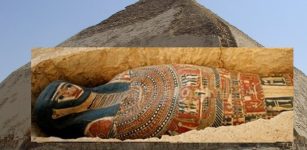 Egypt Opens Two Ancient Pyramids And Unveils Newly Found Sarcophagi And Mummies
Archaeology | Jul 15, 2019
Egypt Opens Two Ancient Pyramids And Unveils Newly Found Sarcophagi And Mummies
Archaeology | Jul 15, 2019 -
 Rock-Hewn Burial Shafts And 38 Symbolic Pots Discovered In Abusir Necropolis, Egypt
Archaeology | Feb 6, 2018
Rock-Hewn Burial Shafts And 38 Symbolic Pots Discovered In Abusir Necropolis, Egypt
Archaeology | Feb 6, 2018 -
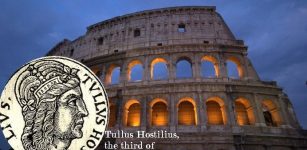 Tullus Hostilius: Warrior King Of Rome, Who Succeeded Numa Pompilius And Feared Prophecies
Featured Stories | Mar 6, 2019
Tullus Hostilius: Warrior King Of Rome, Who Succeeded Numa Pompilius And Feared Prophecies
Featured Stories | Mar 6, 2019 -
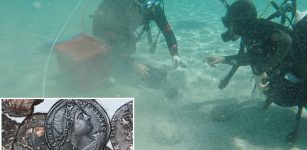 Unexpected Underwater Discovery Of 50,000 Ancient Coins Off Sardinia Hints At Hidden Shipwreck
Archaeology | Nov 10, 2023
Unexpected Underwater Discovery Of 50,000 Ancient Coins Off Sardinia Hints At Hidden Shipwreck
Archaeology | Nov 10, 2023 -
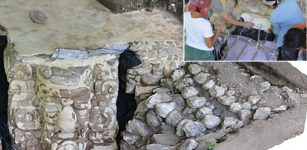 Huge Maya Stucco Mask Unearthed At Ucanha Site In Yucatan
Archaeology | Feb 19, 2021
Huge Maya Stucco Mask Unearthed At Ucanha Site In Yucatan
Archaeology | Feb 19, 2021 -
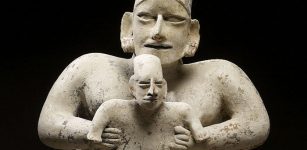 Ancient Mothers Cared For Kids Better Than Previously Thought
Archaeology | Nov 29, 2021
Ancient Mothers Cared For Kids Better Than Previously Thought
Archaeology | Nov 29, 2021 -
 Ancient Mystery Of Peculiar Nail With Six Faces And Six Eyes – Unusual Discovery In Borgholm Castle, Sweden
Artifacts | Jan 8, 2017
Ancient Mystery Of Peculiar Nail With Six Faces And Six Eyes – Unusual Discovery In Borgholm Castle, Sweden
Artifacts | Jan 8, 2017 -
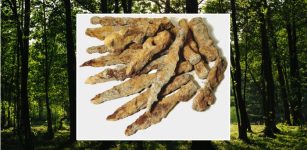 Weapons Left By Barbarian Tribes Discovered In Polish Forest
Archaeology | Jan 26, 2024
Weapons Left By Barbarian Tribes Discovered In Polish Forest
Archaeology | Jan 26, 2024 -
 Has The Mystery Of The Secret Sarcophagus Found At Notre-Dame Cathedral Been Solved?
Archaeology | Sep 25, 2024
Has The Mystery Of The Secret Sarcophagus Found At Notre-Dame Cathedral Been Solved?
Archaeology | Sep 25, 2024 -
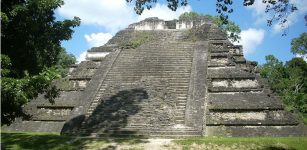 History Set In Stone – Maya Rulers Put Their Personal Stamp On Ancient Monuments
Archaeology | Sep 22, 2021
History Set In Stone – Maya Rulers Put Their Personal Stamp On Ancient Monuments
Archaeology | Sep 22, 2021 -
 Maat – Ancient Egypt’s Most Important Religious Concept
Egyptian Mythology | Apr 4, 2018
Maat – Ancient Egypt’s Most Important Religious Concept
Egyptian Mythology | Apr 4, 2018 -
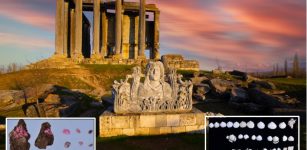 Roman Cosmetics Shop Discovered In The Ancient City Of Aizanoi, Turkey
Archaeology | Sep 29, 2023
Roman Cosmetics Shop Discovered In The Ancient City Of Aizanoi, Turkey
Archaeology | Sep 29, 2023 -
 Ancient Egyptian Village That Is Far Predating Egypt’s Oldest Known Pyramid – Discovered
Archaeology | Sep 3, 2018
Ancient Egyptian Village That Is Far Predating Egypt’s Oldest Known Pyramid – Discovered
Archaeology | Sep 3, 2018 -
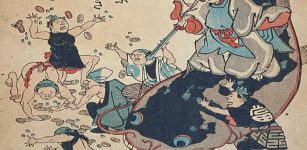 Odd Monster Namazu ‘Earth Shaker’ Was First Feared By People And Later Worshiped As Luminous Deity Repairing The World
Featured Stories | Feb 3, 2024
Odd Monster Namazu ‘Earth Shaker’ Was First Feared By People And Later Worshiped As Luminous Deity Repairing The World
Featured Stories | Feb 3, 2024 -
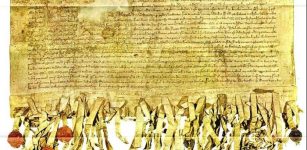 On This Day In History: Declaration Of Arbroath – The Scots Reaffirm Their Independence – On Apr 6, 1320
News | Apr 6, 2016
On This Day In History: Declaration Of Arbroath – The Scots Reaffirm Their Independence – On Apr 6, 1320
News | Apr 6, 2016

